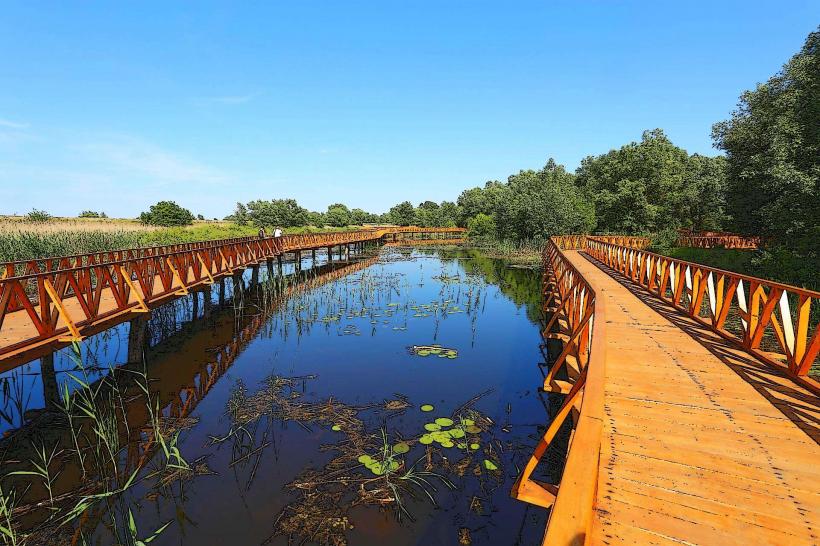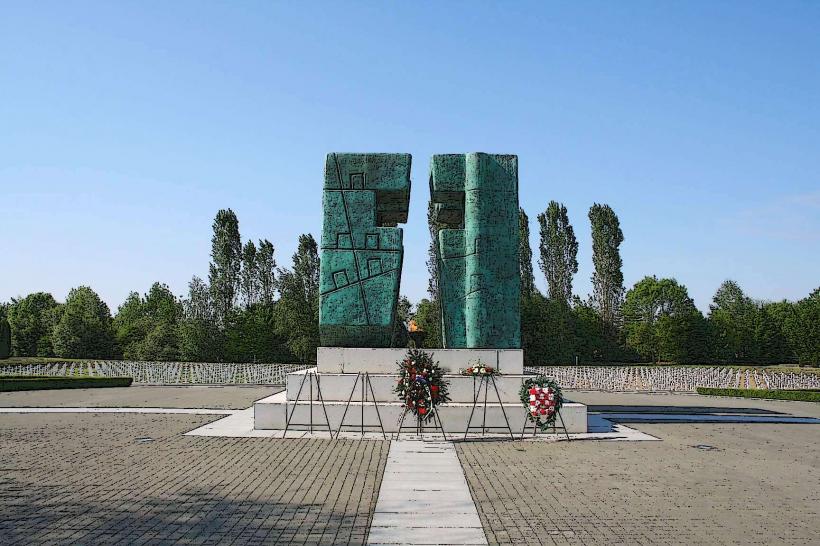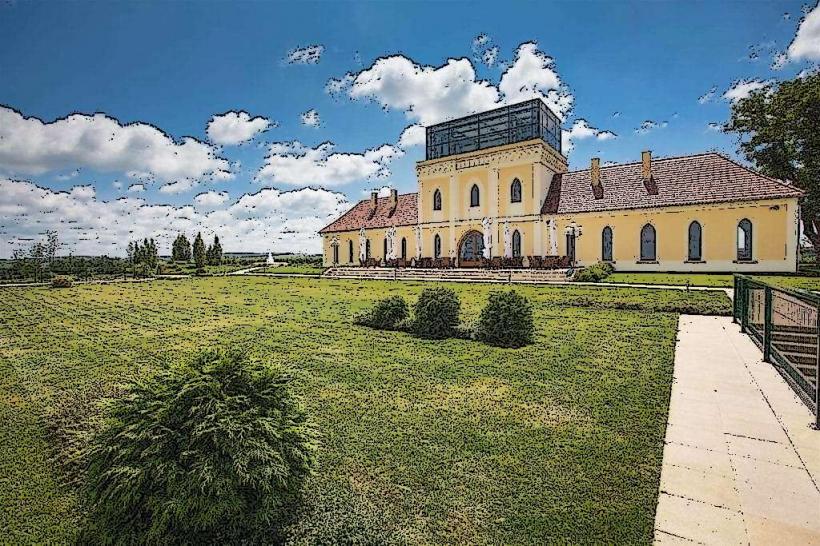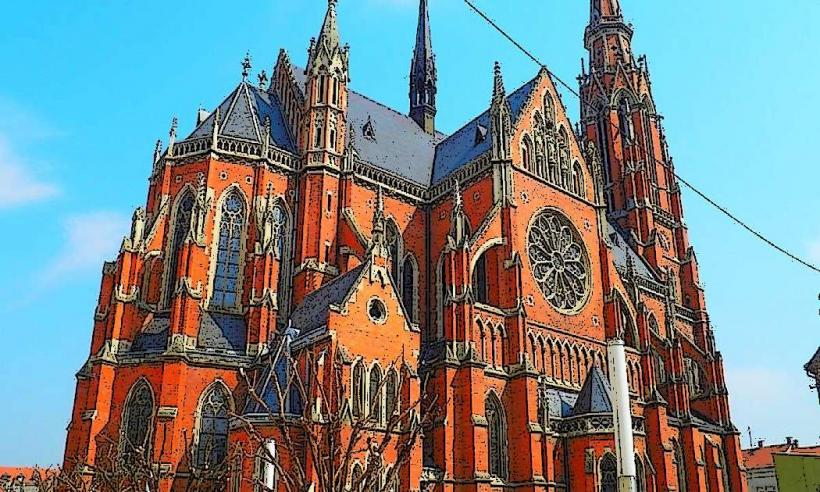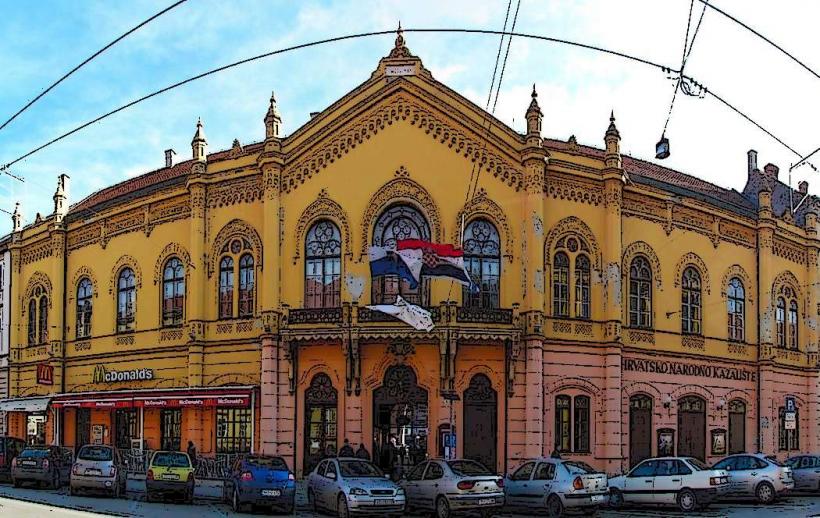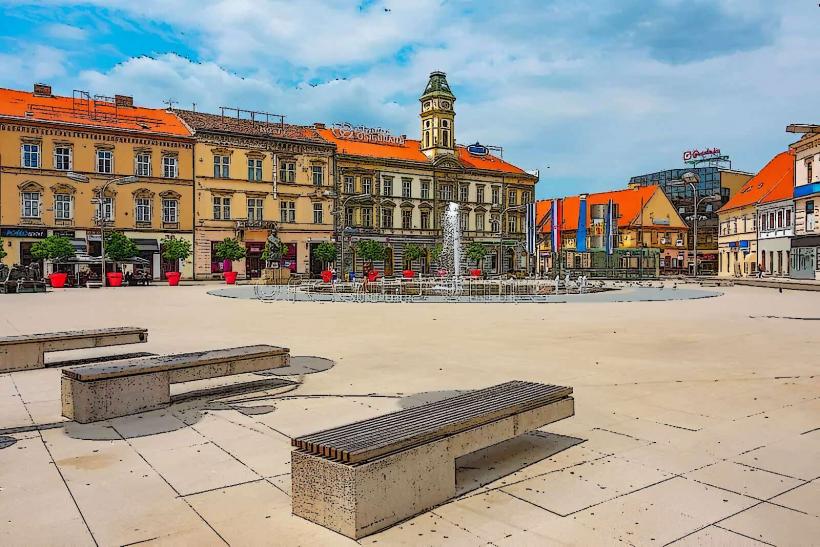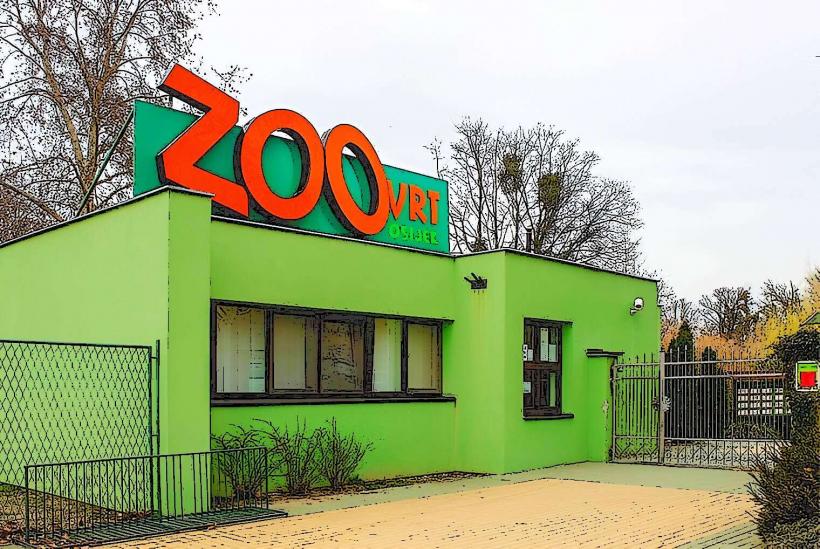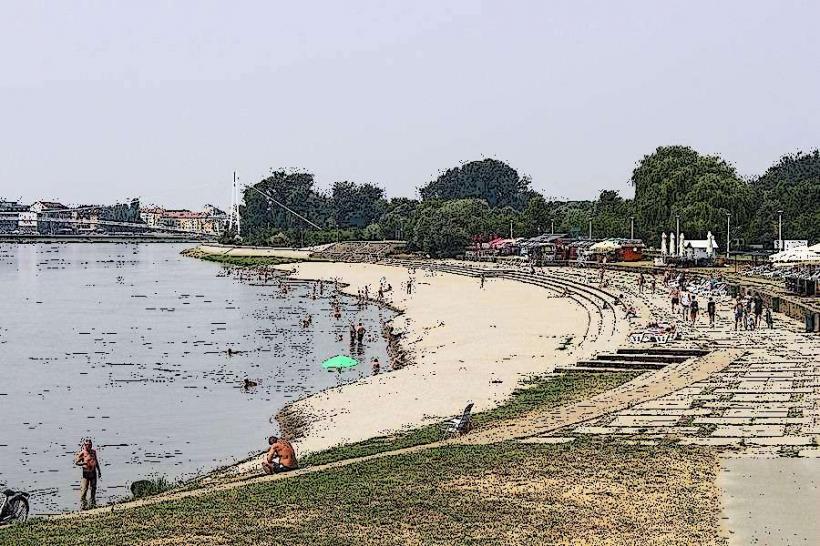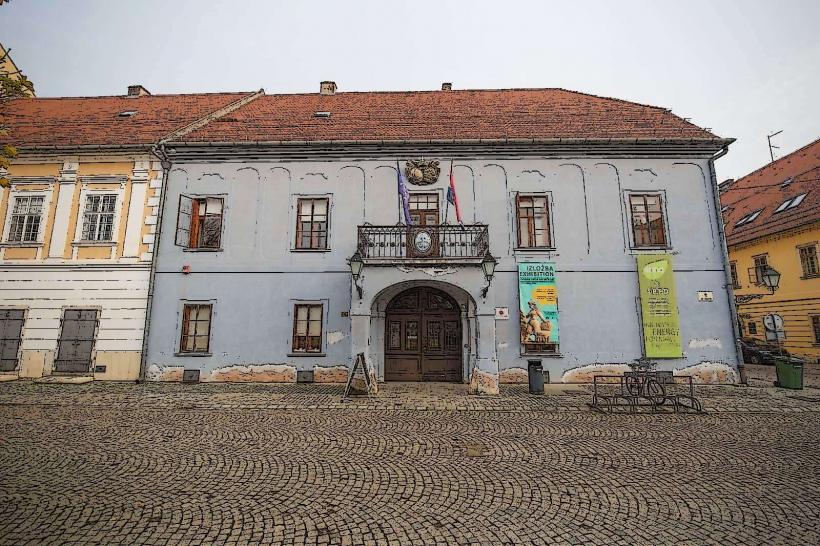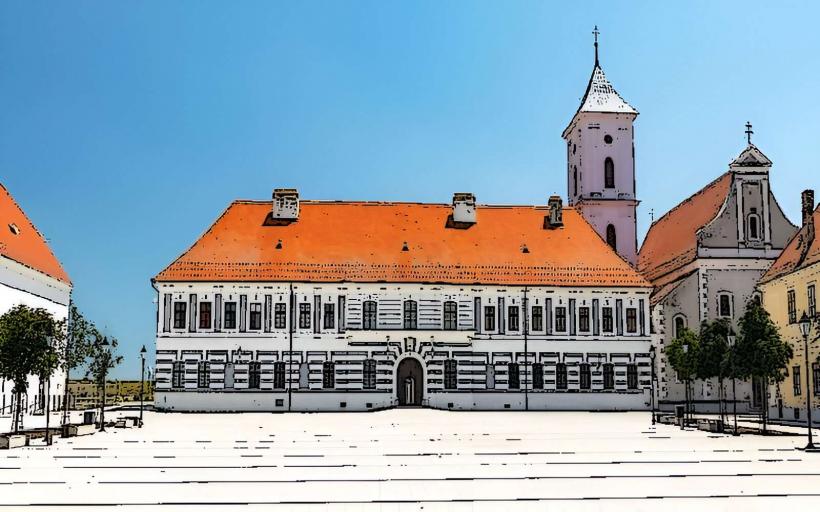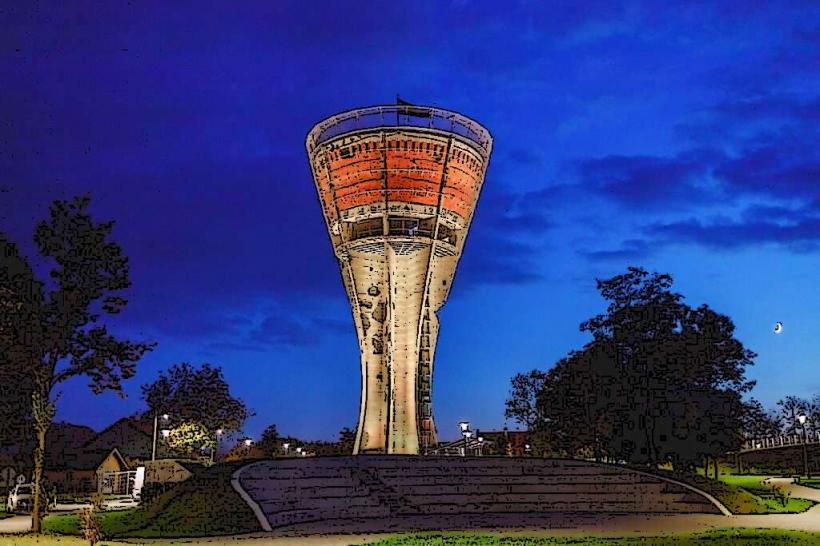Information
Landmark: Tvrđa (Fortress of Osijek)City: Osijek
Country: Croatia
Continent: Europe
Tvrđa (Fortress of Osijek) – Osijek, Croatia
The Tvrđa, or Fortress of Osijek, is a historic fortification located in the heart of Osijek, Croatia. This well-preserved baroque military and civilian complex is one of the most important historical landmarks of the city and plays a central role in its development, offering a glimpse into the region’s past under Austro-Hungarian rule.
Historical Overview
- Construction and Purpose: The Tvrđa was constructed during the late 17th century as part of the defensive fortifications built by the Habsburg Empire. Its main purpose was to protect the city of Osijek from the Ottoman Empire, which controlled large parts of the Balkans at the time. The fortification served both military and civilian functions, housing military barracks, officers' residences, and administrative buildings.
- Baroque Architecture: The Tvrđa is an excellent example of baroque military architecture, with features designed to withstand siege warfare, including thick walls, moats, bastions, and gates. Over time, it expanded and became a center of cultural and commercial activity in Osijek.
Architectural Features
Defensive Walls and Bastions
- The Tvrđa is surrounded by high stone walls, reinforced with several bastions (raised platforms) that were designed to provide strategic defense points for cannons and soldiers during potential attacks. These bastions offer a commanding view of the surrounding area and the Drava River, which was vital for controlling access to the city.
- The gates of the fortress, such as the Water Gate and Gornji Gate, are notable features that remain from its military past, and they are some of the best-preserved parts of the structure.
Baroque Buildings and Residential Areas
- Inside the fortress, visitors can explore a series of baroque-style buildings that were originally designed to house military officers, soldiers, and their families. These buildings were constructed using stone and brick, with large windows and symmetrical facades typical of the baroque period.
- The main square inside the fortress was the focal point for administrative and social activities, and today it remains a key part of the Tvrđa’s layout.
Administrative and Civic Buildings
- Within the fortress walls, various administrative buildings were constructed to house the governing body of the region, such as the Military Command, which also provided a center for local governance during the Austrian era.
- Over time, the Tvrđa developed into a thriving residential and commercial hub, with local markets, shops, and inns within its walls. Some of the residential buildings within the fortress still retain their historical character, offering a unique look into life during the baroque period.
Cultural and Historical Significance
Role During the Habsburg Era
- The Tvrđa was central to Osijek’s development during the Habsburg Empire in the late 17th and 18th centuries, especially after the region was reconquered from the Ottoman Empire. The fortress was initially a military stronghold, but over time it became a thriving civic center, where both the military and civilians coexisted in an orderly and structured environment.
- The fortress also played a significant role in the defense of Eastern Croatia, as it was a critical point for controlling trade routes along the Drava River.
Architectural Heritage
- The Tvrđa remains one of the best-preserved baroque fortifications in the region, offering a rare and authentic example of this architectural style. It showcases the military ingenuity of the time while also reflecting the baroque ideals of order and control. The combination of military, civic, and residential buildings creates a fascinating glimpse into the past.
Modern-Day Significance
- Today, the Tvrđa is a key part of Osijek’s cultural and historical identity, with many of its buildings repurposed for cultural activities, galleries, museums, and restaurants. It has become a vibrant part of the city’s life, combining historical heritage with modern-day attractions. Visitors can wander its cobbled streets and explore its beautiful squares and parks, making it a favorite spot for both locals and tourists.
What to See and Do in the Tvrđa
Walking Tours and Historical Exploration
- One of the best ways to experience the Tvrđa is on foot. Visitors can take a guided walking tour to learn more about the fortress’s history, architecture, and its strategic importance during the Ottoman and Austro-Hungarian periods. Tours often include visits to the bastions, gates, and main square, as well as inside some of the baroque-style buildings.
Cultural Events and Festivals
- The Tvrđa hosts a variety of cultural events throughout the year, such as classical music concerts, theater performances, and festivals celebrating local history and traditions. These events take place in the fortress’s courtyards and squares, bringing the historical space to life with music, drama, and art.
Dining and Shopping
- Inside the fortress, visitors can find a number of restaurants and cafes, offering a taste of local Slavonian cuisine. It’s a great place to try kulen (spicy sausage), čevapi (grilled minced meat), or fish dishes from the nearby Drava River.
- The area also has artisan shops and local markets, where visitors can purchase handmade crafts, local wine, and other traditional products.
Tvrđa as a Cultural Hub
- The Tvrđa has become a cultural hub for the city, with several art galleries, museums, and institutes housed in its historical buildings. For example, the Museum of Slavonia is located nearby, and the Osijek City Museum often features exhibitions about the city’s history, including its time under Ottoman and Habsburg rule.
Visitor Information
- Accessibility: The Tvrđa is easily accessible from Osijek city center, located just a short walk from the main pedestrian areas. It is open to visitors year-round, and tours are available in multiple languages.
- Opening Hours: The fortress is generally open during the daytime, but individual sites within the fortress, like museums or galleries, may have different hours. It is best to check locally or with tour operators for specific schedules.
- Entry Fee: Many parts of the Tvrđa are free to explore, but some attractions (such as museums or special events) may have an entry fee.
Conclusion
The Tvrđa (Fortress of Osijek) is an architectural and historical gem that offers visitors a glimpse into the city’s military and cultural past. The fortress, with its baroque architecture, defensive structures, and vibrant cultural atmosphere, is a must-see for anyone interested in history, architecture, or Croatian culture. Whether you’re exploring the cobblestone streets, attending a cultural event, or simply admiring the view from the fortress walls, Tvrđa offers a fascinating journey through time.

